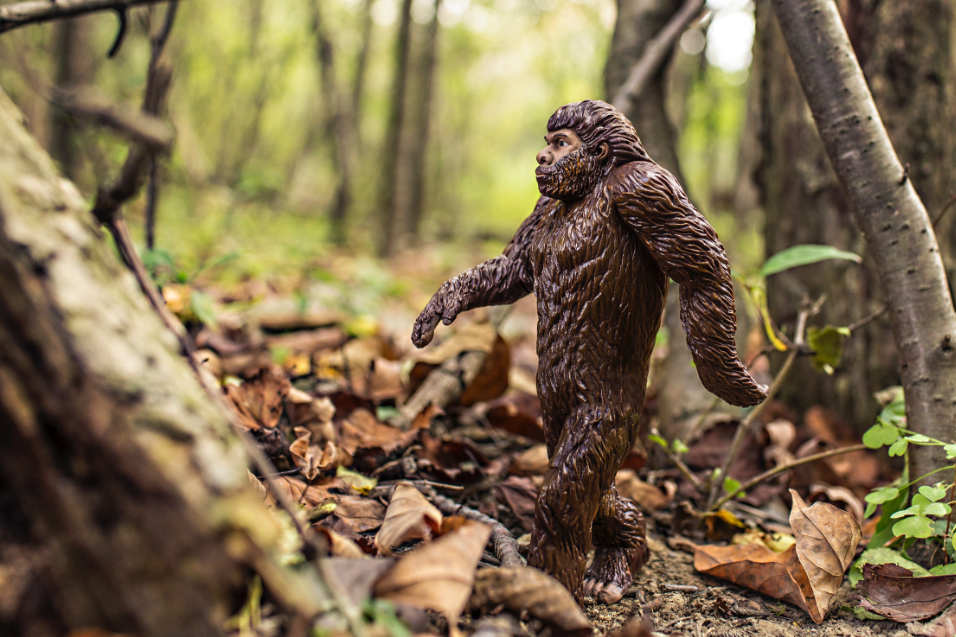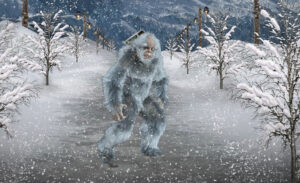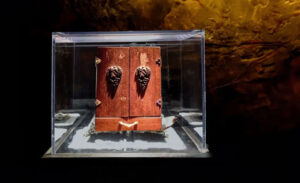Bigfoot, also known as Sasquatch, has been a subject of fascination and debate for centuries. While there is no conclusive evidence of its existence, the countless reports and stories of sightings continue to capture the imagination of the public and researchers alike.
This article will delve deeper into the history of Bigfoot sightings, the latest scientific research, and investigations into its existence, and how these claims continue to inspire searches for tangible proof.
Sightings
Historical Accounts of Bigfoot in Various Cultures Around the World
While the term “Bigfoot” might be synonymous with the mystery of the Pacific Northwest of the United States, stories of giant, hairy humanoid creatures have long been associated with various cultures around the world.
The indigenous people of North America have passed down stories of humanoid creatures for generations, known by various names like the “Skookum” in the Northwest United States and the Wendigo among the Algonquin people of eastern Canada. These creatures are often associated with the wilderness, human-like characteristics, and a fearful presence.
Asia has its fair share of Bigfoot-like legends, the most famous being the Yeti (or the Abominable Snowman) of the Himalayas. In countries like China and Vietnam, similar tales exist of the Yeren or Người Rừng, respectively. The global nature of these stories suggests that either there might be more than one undiscovered primate species or that humans have a shared tendency to project our fears and imaginations into the unknown.
Recent Sightings in North America and Other Parts of the World
Despite the global nature of Bigfoot stories, the majority of modern sightings occur in densely forested areas of North America. These accounts often describe a giant, bipedal ape-like creature covered in thick hair, with a pronounced brow, emitting foul odors, and leaving behind large footprints.
Beyond well-known hoaxes like the 1967 Patterson-Gimlin film, there have been many reports backed by seemingly sincere witnesses. Accounts of nighttime howls, wood-knocking, and even encounters with shy or curious creatures have fueled the imagination of Bigfoot enthusiasts.
In the United Kingdom, sightings of a similar creature, called the “Wildman” or “Woodwose,” have been reported in rural areas. In Australia, accounts of the Yowie, another large, hairy, bipedal human-like creature have persisted for centuries.

A plastic Bigfoot for illustrative purposes (we know it’s not real).
Scientific Research & Investigations
Studies Conducted to Determine if Bigfoot is a Real Creature or a Mythological Being
The lack of concrete evidence has largely kept the scientific community skeptical of Bigfoot’s existence. However, a dedicated group of researchers and scientists have persisted in studying the phenomenon, probing for a conclusive explanation.

There are numerous academic studies that focus on analyzing patterns of witness accounts, determining which sightings might be credible, and identifying potential trends in locations, behaviors, or physical attributes.
For example, the sighting features such as the creature’s height and geographic location are often scrutinized to determine if accounts may corroborate any semblance of truth.
Examination of Physical Evidence Found at Reported Sighting Locations Such as Footprints, Hair Samples
Arguably the most tangible evidence supporting Bigfoot’s existence comes in the form of footprints and hair samples attributed to the creature. Bigfoot enthusiasts and researchers have collected hundreds of casts of supposed footprints from locations across North America, some as large as 24 inches in length. While skeptics question the authenticity or misidentification of these prints, Dr. Jeff Meldrum claims that the tracks display anatomical features consistent with a non-human primate movement or a distinct gait.
Hair samples collected from alleged Bigfoot encounters have also been subjected to scientific analysis. In many instances, these samples have been attributed to known animals such as bears or other wildlife. However, a handful of hair samples have defied identification, allowing some to speculate that they could represent proof of an undiscovered species.
Researchers have not only focused on the physical evidence found at the alleged sightings locations but also on historical records. Anthropologists have studied Native American legends, folklore, and artistic depictions of Bigfoot-like creatures to analyze how these mythologies have evolved and whether they might share a collective truth.
DNA Analysis from Samples Collected from Potential Bigfoot Habitats
The advancement of genetic research and DNA analysis has opened new doors in the effort to solve the Bigfoot mystery. Researchers had hoped that genetic material could provide definitive proof of the creature’s existence. While inconclusive, the potential for DNA evidence remains a tantalizing prospect for future discoveries.
In addition to the controversial Dr. Melba S. Ketchum study, the Oxford-Lausanne Collateral Hominid Project led by Oxford University’s Dr. Bryan Sykes also attempted to use DNA analysis to identify Bigfoot samples. Ultimately, the study found no new evidence of an unknown primate species, but these efforts showcase the potential for using technological advancements to solve longstanding mysteries of the natural world.
Mystical Finale
The mystery of Bigfoot remains one of the most enduring and captivating elements of modern folklore. The story of the elusive creature inspires the human imagination and drives the continuing search for concrete evidence of its existence.
While definitive proof is yet to be discovered, a formidable community of researchers, scientists, and enthusiasts continues to plumb the depths of the Bigfoot mystery. With ongoing scientific research and the potential for technological advancements to lend new insights, the question of whether Bigfoot is an undiscovered primate species or merely a myth passed through generations remains alive and well.

Ultimately, be it real or imagined, Bigfoot has taken its place in our collective cultural consciousness. It remains a symbol of the unknown, the possibility that the world still holds undiscovered secrets, and the unquenchable human desire to explore those hidden corners of our existence.









